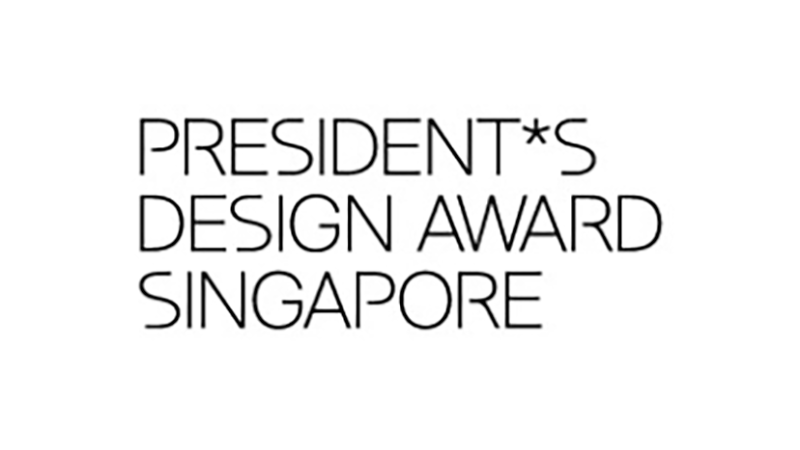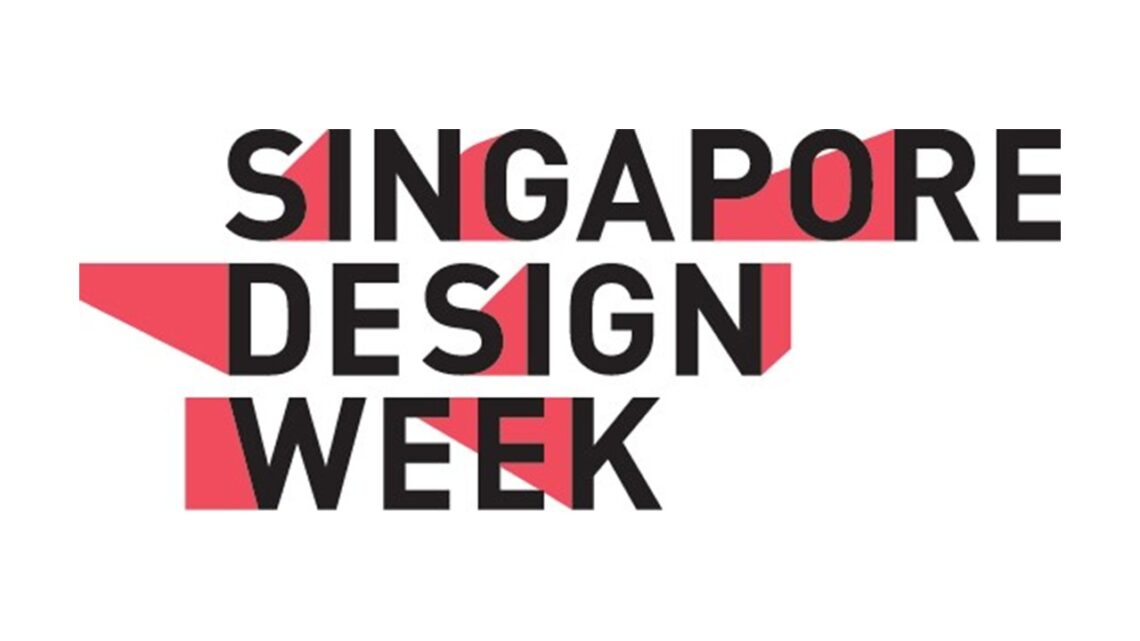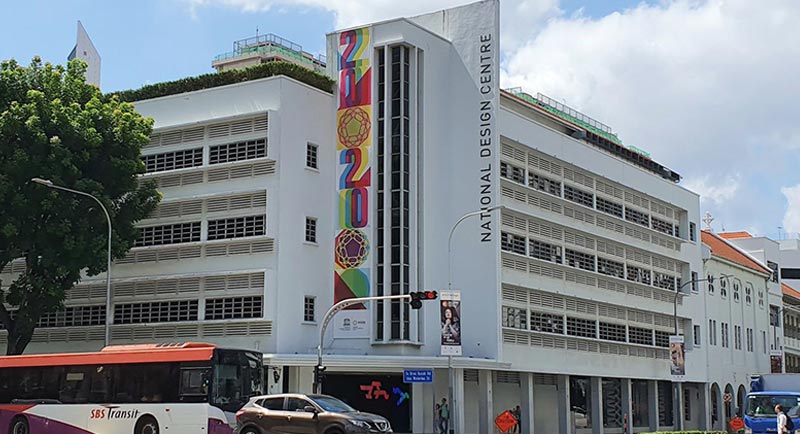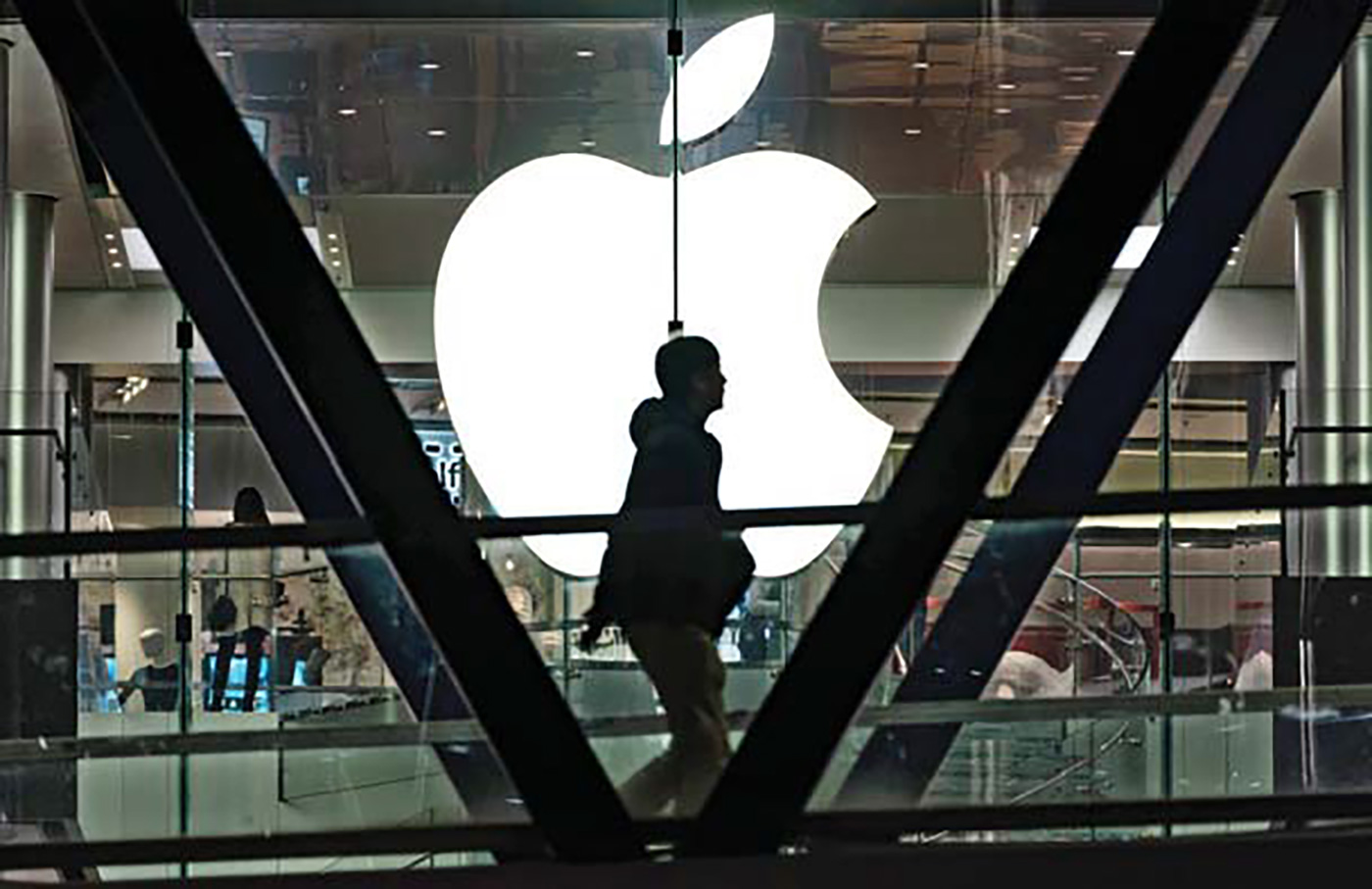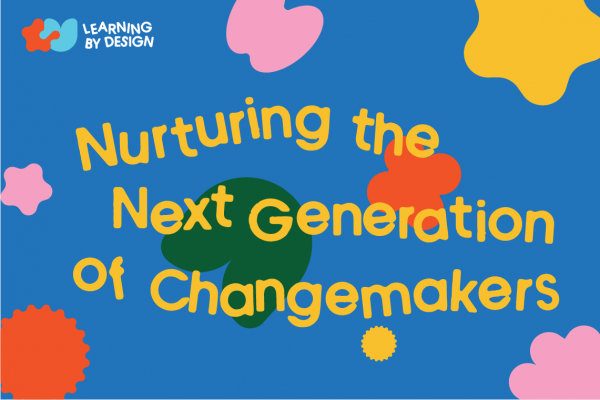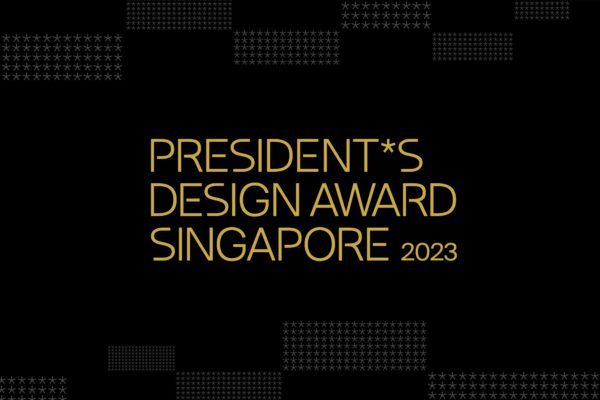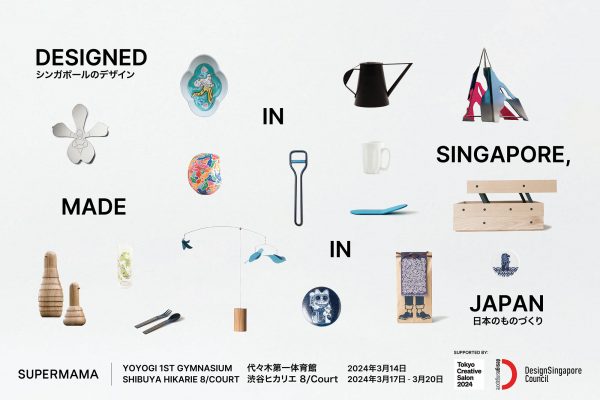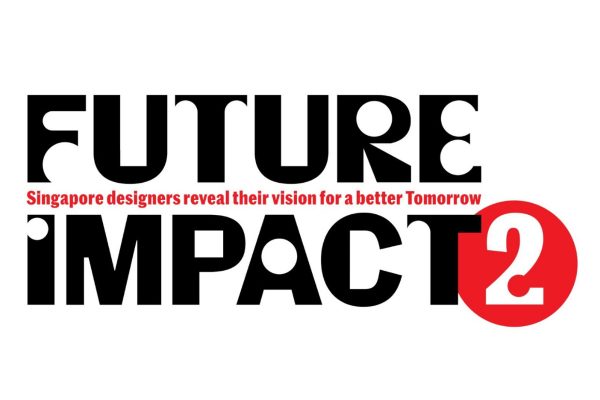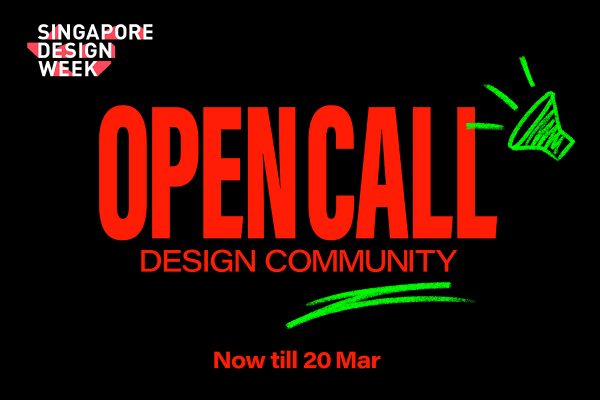Mark Wee, executive director of DesignSingapore Council, is all too familiar with the narrow definition of “design”. Asked what it is, the response from any given audience would typically be “fashion design” or “interior design”.
As head of the government agency helping to develop Singapore’s design sector, Wee is now on a mission to demystify the approach to design and show that there is a wider meaning and deeper purpose to design than just aesthetics. “Design can be extremely strategic in creating a new value,” says Wee in an interview with The Edge Singapore. “Many companies globally are already using design to create differentiated value to be competitive.”
To be sure, design for business impact can be as simple as coming up with new packaging designs for the same product. BreadTalk Group, for example, has taken the Thye Moh Chan brand of Teochew pastries and put the traditional baked goods into contemporary packaging and sold them at higher prices.
Design is also about improving user experience, and this can be seen in Changi Airport’s Terminal 4. The facility, which occupies the site of the bare-bones Budget Terminal, was one of the winners of the 2018 President’s Design Award, organised every two years to recognise exceptional examples of design.

Thinking about what customers need and creating moments of interest — that comes from the design lens
The terminal was deemed an experience design project that has redefined the typical airport experience for travellers. The kerbless entrances let travellers manoeuvre their luggage easily into the terminal, where scores of self-service check-in kiosks help reduce queueing. Even security screening is made less tedious with pleasant videos played on a 70m-wide LED screen that overlooks the area. Indeed, airports are no longer mere transit checkpoints but lifestyle destinations. “Thinking about what customers need and creating moments of interest — that comes from the design lens,” says Wee.
The way he sees it, design is also a strategic tool that businesses should use to create a strong competitive advantage. In the well-known case of Apple, the company has not only created aesthetically pleasing products but its obsessive attention to detail and intuitive interface draws users into an ecosystem. When Apple has a new product or service, customers are happy to stay and pay. “People now don’t know how to classify Apple. Are they a product company, a music company or an entertainment company? That’s when you can see the very strategic impact of design,” says Wee.
Newfound credibility
There has been significant scepticism about the impact of design on business. “People were thinking, what is this nonsense?” recalls Wee with a laugh. But last year, the industry enjoyed newfound credibility. In a five-year study, management consultancy McKinsey collected more than two million pieces of financial data and 100,000 design-related actions made by 300 public- listed companies. The results were then distilled into the McKinsey Design Index (MDI) and these 300 companies were put through a regression analysis. The results indicated a strong correlation between design and financial performance.
For one, companies in the top quartile of the MDI scores were able to increase their revenues and total returns to shareholders relative to their industry counterparts. Over a five-year period, these companies managed revenue growth that was 32 percentage points higher and TRS that were 56 percentage points higher than the industry as a whole.
While many would agree that design is an important element in industries that are consumer-facing, the McKinsey study indicates that even when applied in a broader selection of industries, including medical technology and banking, design does help businesses perform better. “Good design matters, whether your company focuses on physical goods, digital products, services or some combination of these,” McKinsey says.
In addition, TRS and revenue differences between companies in the second, third and fourth quartiles were “marginal”. “In other words, the market disproportionately rewarded companies that truly stood out from the crowd, says McKinsey. “We have quantifiable evidence that design will yield financial results,” says Wee, referring to the McKinsey study. “Please tell your readers that.”
Design’s tangible impact
Before taking on the task of design advocacy in March 2018, Wee was a prominent local architect. He used to head the strategic design practice at Ong & Ong, an architectural services firm, and also ran his own firm. At a certain point, while Wee thought he had created some nice “concrete and glass” commercial projects for his clients, the business for some of them did not pan out as expected because the strategy, positioning and branding of those projects were not well thought through. “I want to be able to influence that,” says Wee.
Early this year, DesignSingapore, which had been under the Ministry of Communications and Information, was transferred to the Singapore Economic Development Board, the agency under the auspices of the Ministry of Trade and Industry.
This shift allows Wee and his team to collaborate with other economic agencies, such as Enterprise Singapore. More importantly, it is a signal that “design” has tangible business and economic impact, and DesignSingapore’s mandate is to promote the cause to help more local companies realise the potential.
Already, there are a growing number of Singapore companies, especially the larger ones, that have been implementing design at the strategic level. DBS Group Holdings, for instance, has instilled a culture of innovation and design throughout the organisation. The bank’s dedicated design team grew from two people to 50 in just four years.
United Overseas Bank, seen by many as a conservative and traditional bank, launched a digital-only bank in Thailand called TMRW, with the UOB branding conspicuously missing. It went viral when it provided a gaming platform for millennials to save money. The idea behind TMRW came from UOB’s design and innovation team.
With such examples, Wee is confident that design as a discipline will gain further traction. Schools such as Cedar Girls’ School have started classes on design thinking, indicating a growing awareness of design’s tangible and economic purposes. Design is clearly more than aesthetic, Wee says. “That’s how market leaders are beating the competitors.”This story was originally published in The Edge.
